28 Classic Cars That Rocked Box Arches
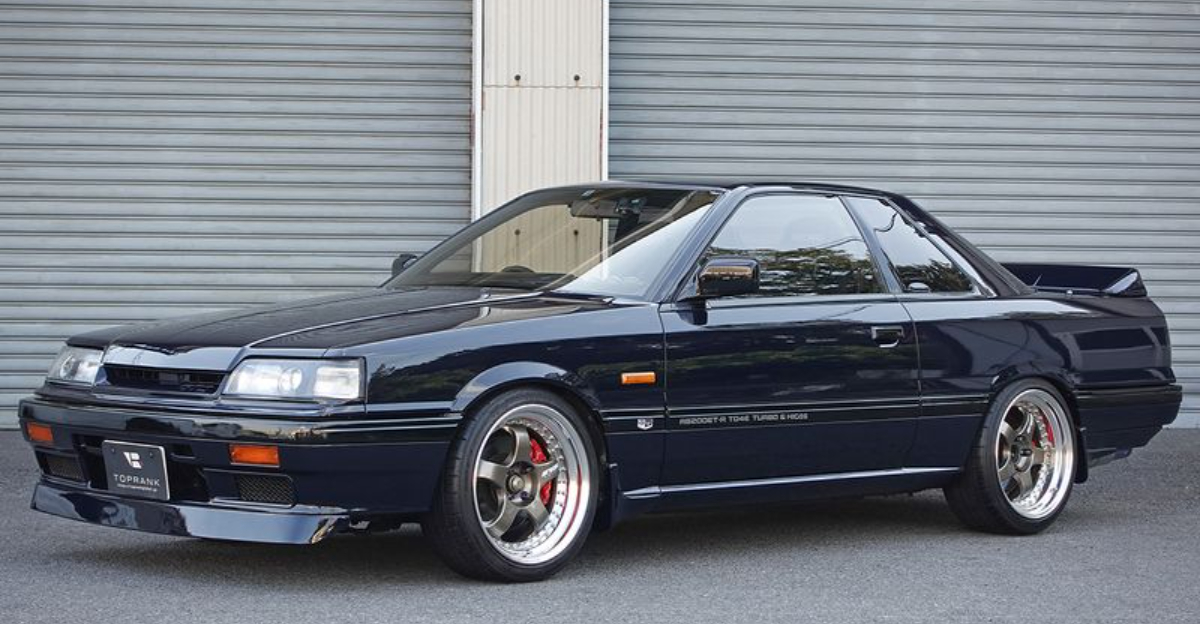
Box arches weren’t just a styling choice, they were a loud statement.
Bold, squared-off flares gave classic cars a wider stance and a tougher attitude, turning everyday coupes and sedans into aggressive road warriors.
Whether molded into rally legends or pumped into muscle-bound street machines, those angular arches meant business.
They didn’t just hug the tires, they framed the car’s power with pure visual punch. Nothing says road presence quite like a car flexing its fenders in full boxy glory.
1. Audi Quattro
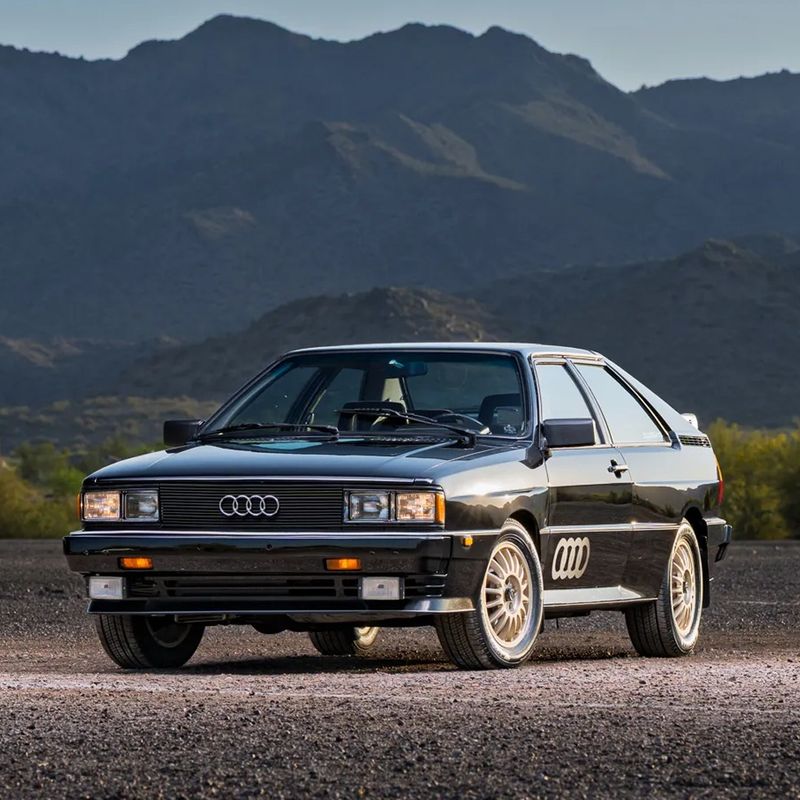
Rally legend status wasn’t achieved overnight for this German powerhouse.
The Quattro revolutionized motorsport with its all-wheel-drive system that conquered dirt, snow, and tarmac with equal dominance.
Those iconic squared-off fenders housed wider wheels necessary for the incredible grip that left competitors eating dust.
The distinctive five-cylinder engine’s warble still sends shivers down enthusiasts’ spines today.
2. BMW E30 M3
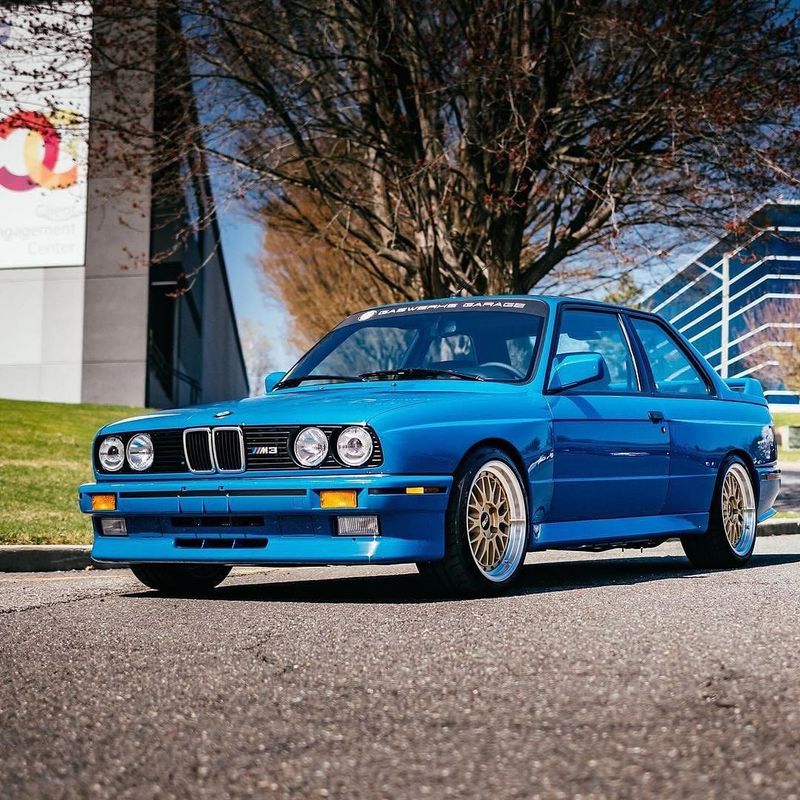
Bulging arches transformed the humble 3-Series into a touring car champion.
Engineers weren’t just showing off—every flare served a purpose, accommodating wider rubber needed for the track domination that followed.
Barely resembling its standard counterpart, the M3’s body shared only the hood, roof, and doors with regular E30s.
Those box arches became BMW Motorsport’s signature, creating perhaps the most sought-after M car in history.
3. Lancia Delta Integrale

Muscular doesn’t begin to describe the Delta’s transformation from sensible hatchback to rally weapon.
Six consecutive World Rally Championships don’t lie—this Italian box-flared beast rewrote the rulebook.
Yellow fog lights and those unmistakable square arches became the nightmare vision in competitors’ rearview mirrors.
The Integrale’s blistered fenders housed serious hardware: all-wheel-drive, turbocharging, and Italian engineering magic combined to create rally royalty.
4. Ford Escort RS Cosworth
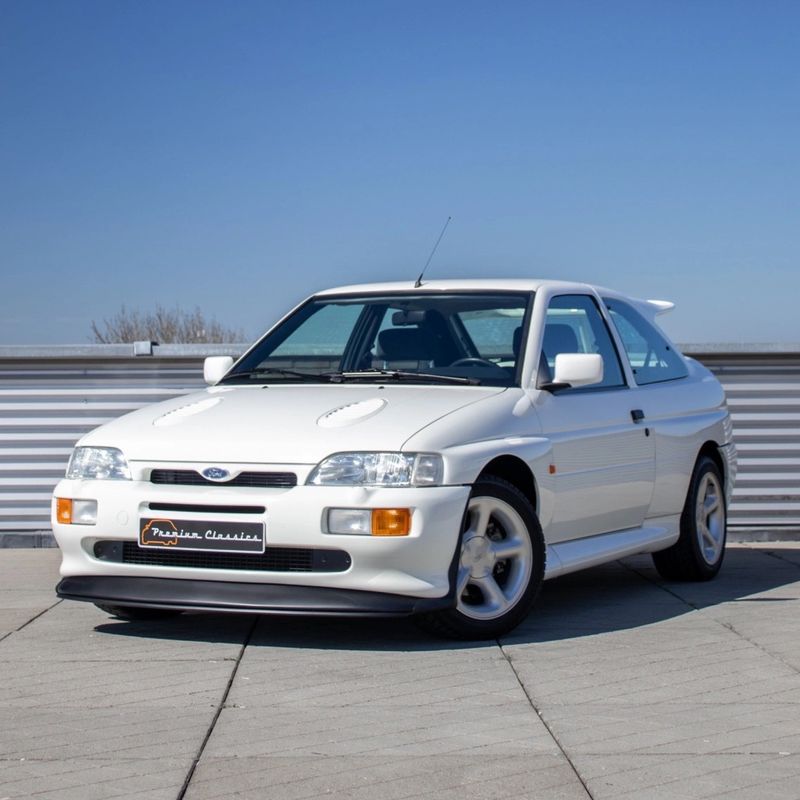
Nicknamed ‘Cossie’ by its devoted fans, this wild child from Ford’s RS division packed visual drama to match its performance.
The rear wing got all the attention, but those aggressive box arches gave the car its intimidating stance.
Rally-bred and road-ready, the Cosworth’s flares weren’t just for show. They covered massive wheels and tires that channeled the turbo power to the ground through all four wheels.
5. Mercedes-Benz 190E 2.5-16 Evo II
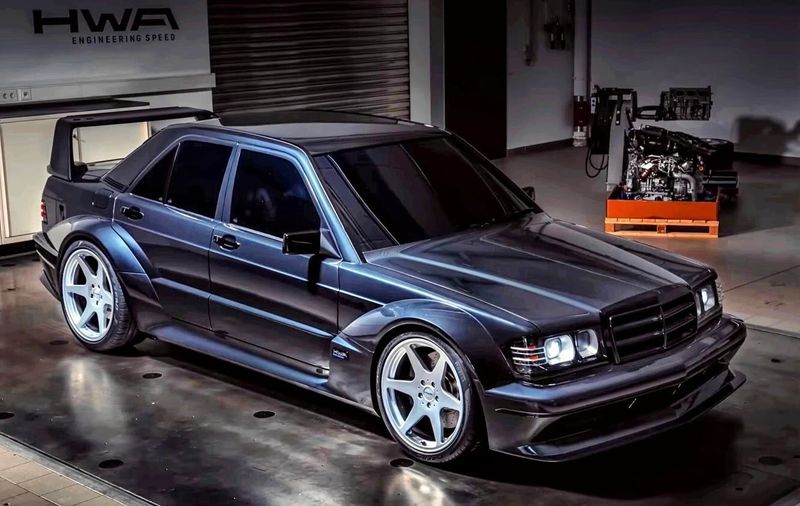
Subtlety wasn’t in the design brief for Mercedes’ touring car special. The conservative 190E sedan underwent a dramatic transformation with box flares and that outrageous adjustable rear wing.
Only 502 road cars were built to homologate this DTM monster.
The boxy arches weren’t added for style points—they accommodated wider wheels necessary to harness the Cosworth-developed 16-valve engine’s power.
6. Porsche 924 Carrera GT
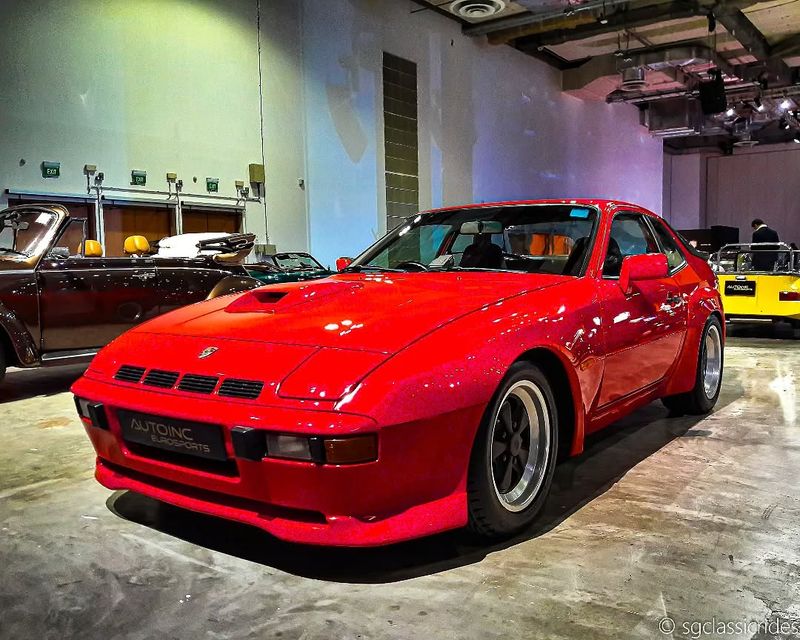
Forgotten gem alert! While the 911 gets all the glory, this front-engined Porsche transformed the entry-level 924 into something special.
Massive polyurethane flares stretched over wider wheels, creating a menacing presence. Limited to just 406 units, the Carrera GT was Porsche’s homologation special for Group 4 racing.
The turbocharged four-cylinder sang through a distinctive side-exit exhaust, while those purposeful box flares told everyone this was no ordinary 924.
7. Pontiac Trans Am

American muscle met box-flared attitude when the Trans Am ruled highways in the late 1970s.
Immortalized by Burt Reynolds in ‘Smokey and the Bandit,’ this Firebird variant became the poster car for an entire generation.
Those chunky fenders weren’t just for looks—they covered the widest tires Pontiac could stuff under a production car.
Paired with the screaming chicken hood decal and T-tops, the Trans Am’s box arches completed the ultimate statement of automotive rebellion.
8. Chevrolet Monte Carlo SS

NASCAR’s influence on street cars never looked better than on the box-flared Monte Carlo SS.
The aero-warrior version that dominated superspeedways inspired Chevy to bring similar styling to showrooms.
Unlike European homologation specials, the Monte Carlo’s flares were mostly about style. But what style it was!
The squared-off wheel openings and muscular stance transformed this personal luxury coupe into a street-tough boulevard cruiser that looked ready for Daytona even when parked at the drive-in.
9. Ford Sierra RS500 Cosworth

Whale tail and box flares turned the humble Sierra into a touring car terror.
Ford’s Special Vehicle Engineering team didn’t just add visual muscle—they created arguably the most aggressive family car ever sold.
Limited to just 500 examples (hence the name), the RS500 packed a 224-horsepower turbocharged punch.
Those box arches weren’t aftermarket add-ons but factory-integrated extensions that transformed the Sierra’s aerodynamic jellybeanshape into something altogether more menacing.
10. Renault 5 Turbo

Madness is the only word for stuffing a turbocharged engine where the back seats should be.
Renault’s rally weapon took the humble 5 (LeCar in America) and transformed it into a mid-engined monster with box flares that doubled its width.
Designer Marcello Gandini didn’t hold back, creating bodywork that made the tiny hatchback look like it was bursting at the seams.
Those massive rear arches housed the wheels that put 160 turbocharged horses to the ground—creating a hot hatch legend.
11. Peugeot 205 T16
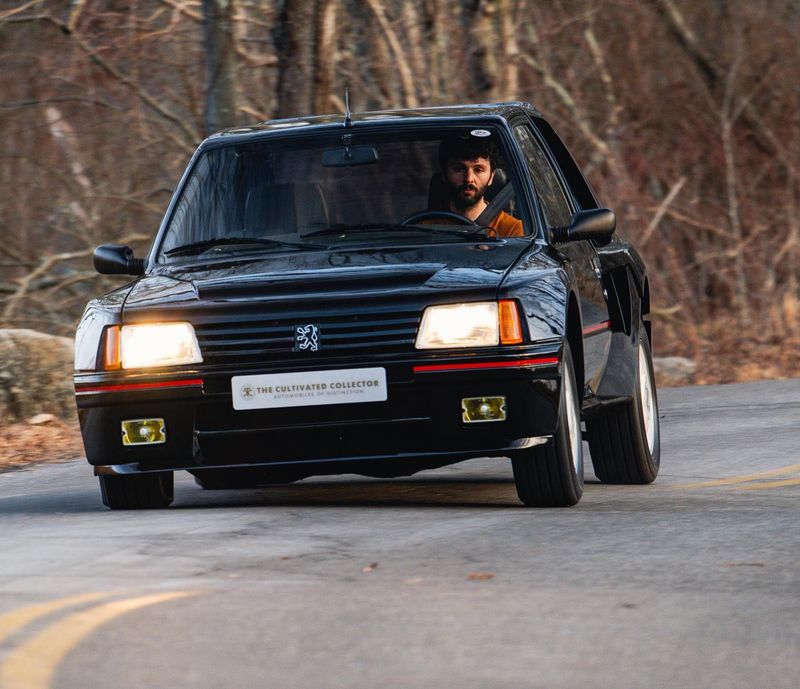
Visually violent is the only way to describe what Peugeot did to the cute 205 hatchback.
Group B rally regulations allowed manufacturers to go wild, and Peugeot’s engineers took full advantage with box flares that barely contained the wheels.
Underneath that pumped-up bodywork lurked a mid-mounted turbocharged engine and all-wheel-drive system.
Only 200 road-going versions were built, making this box-arched beast one of the rarest homologation specials ever created.
12. Nissan Skyline R31 GTS-R
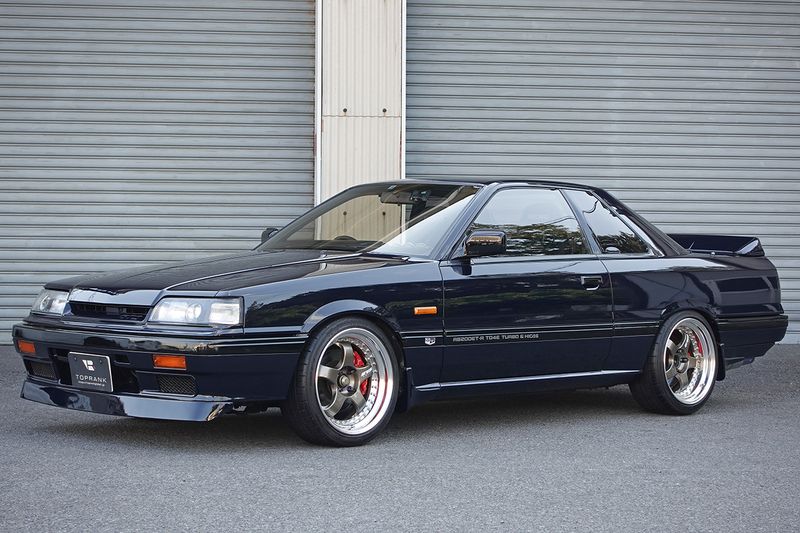
Before Godzilla, there was this boxy beauty. The R31 GTS-R added subtle yet purposeful box flares to the angular Skyline, creating a touring car homologation special that’s now nearly forgotten outside Japan.
Limited to just 800 units, all painted bluish-black, the GTS-R packed an RB20DET-R engine with larger turbos than standard models.
Those modest box arches might seem restrained compared to others on this list, but they signaled the beginning of Nissan’s dominance in touring car racing.
13. Toyota Celica GT-Four ST185
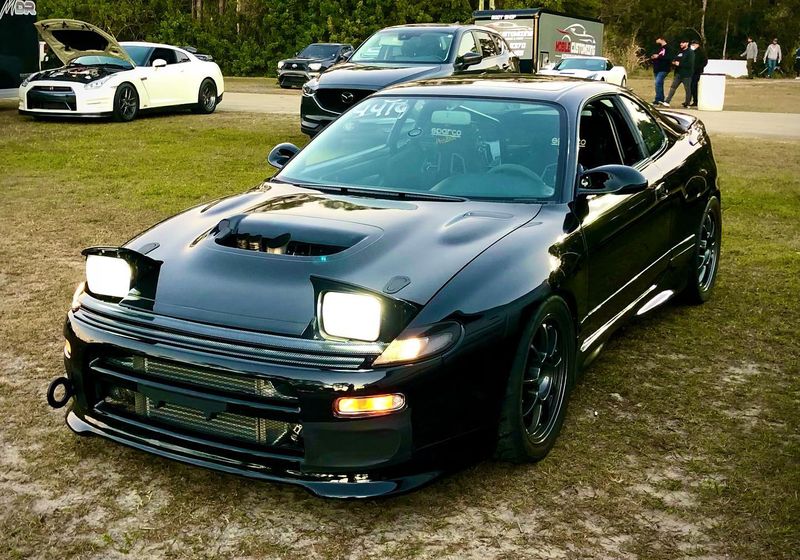
Rally success came in spades for Toyota’s all-wheel-drive hero.
The ST185 Celica GT-Four dominated the early 1990s WRC scene with Carlos Sainz at the wheel, its box arches covering serious hardware underneath.
Road-going versions brought that rally tech to the streets. The flared fenders housed wider wheels and tires needed to harness the turbocharged power through all four corners.
14. Dodge Shelby Charger

Carroll Shelby worked his magic on this often-forgotten Mopar compact.
While most remember his Mustangs, Shelby’s collaboration with Dodge produced this box-flared pocket rocket based on the humble Omni platform.
Those flared fenders weren’t just for show—they covered wider tires needed to handle the turbocharged power.
With its blue paint and silver striping, the Shelby Charger brought American muscle car attitude to the front-wheel-drive compact segment.
15. Mazda RX-3

Rotary power met box-flared perfection in this Japanese classic. While the RX-7 gets most of the spotlight, the earlier RX-3 set the template for Mazda’s sporting success, especially when modified with period-correct fender flares.
Racing versions dominated IMSA and touring car championships worldwide.
The combination of lightweight chassis, buzzing rotary engine, and those eye-catching box arches made the RX-3 a giant-destroyer on tracks and a head-turner on streets.
16. Mitsubishi Starion
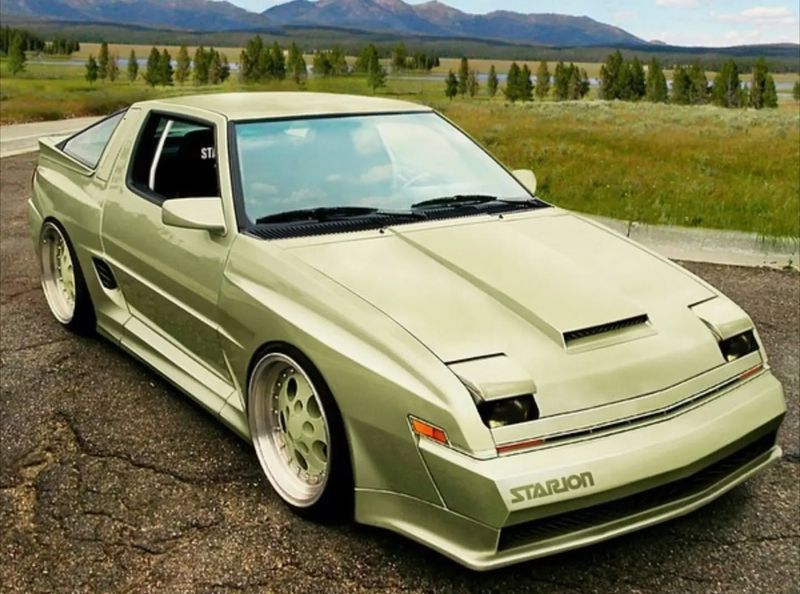
Star of the forgotten 1980s Japanese sports car scene, the Starion brought box-flared attitude in spades.
Those wide fenders weren’t just for show—they covered serious rubber needed to handle the turbocharged power sent to the rear wheels.
Often overshadowed by its contemporaries, the Starion (marketed as the Conquest in some markets) combined digital-dash ’80s tech with old-school rear-wheel-drive thrills.
The widebody versions with their pumped-up box arches remain the most desirable today.
17. Subaru RX Turbo
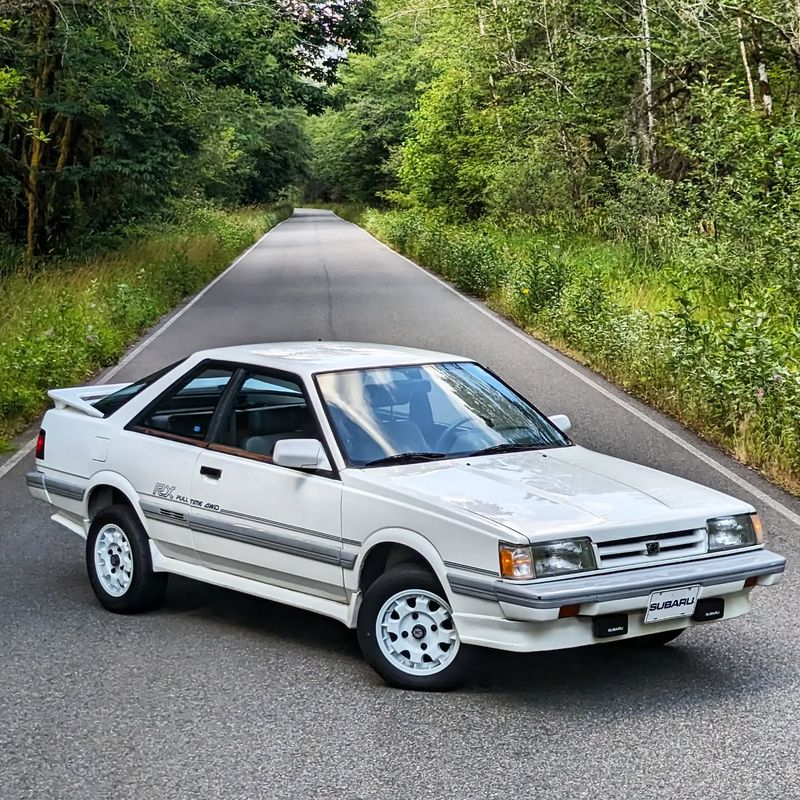
Before the Impreza made Subaru a household name, this boxy wonder brought turbocharged, all-wheel-drive performance to the masses.
The RX Turbo added subtle box flares to accommodate wider tires needed for its rally-inspired capabilities.
Often forgotten in Subaru’s heritage, this Leone-based coupe established the formula that later made the brand famous.
Those modest box arches might seem restrained, but they signaled the serious performance hiding underneath the boxy bodywork.
18. Volkswagen Golf Rallye
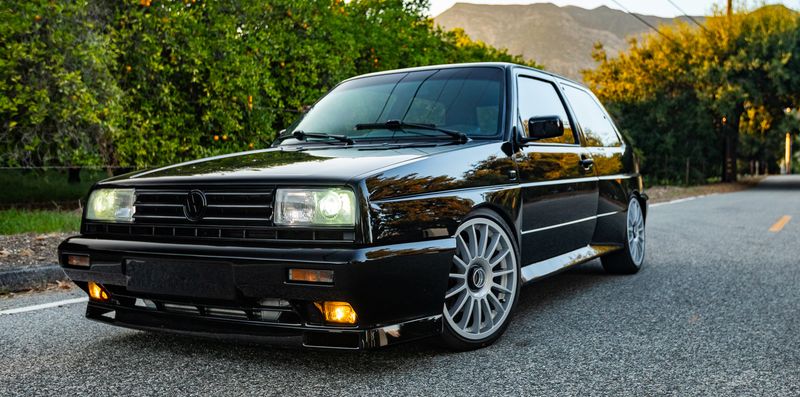
Square-rivet fender flares gave this rare Golf instant presence.
VW built just 5,000 of these homologation specials, featuring unique bodywork with box arches connected by distinctive side moldings with exposed rivets.
Underneath sat a supercharged engine and Syncro all-wheel-drive system.
Often overshadowed by the contemporary GTI, the Rallye combined the practicality of a Golf with the visual muscle of those square-shouldered arches and a double-grille front end.
19. Alfa Romeo GTV6
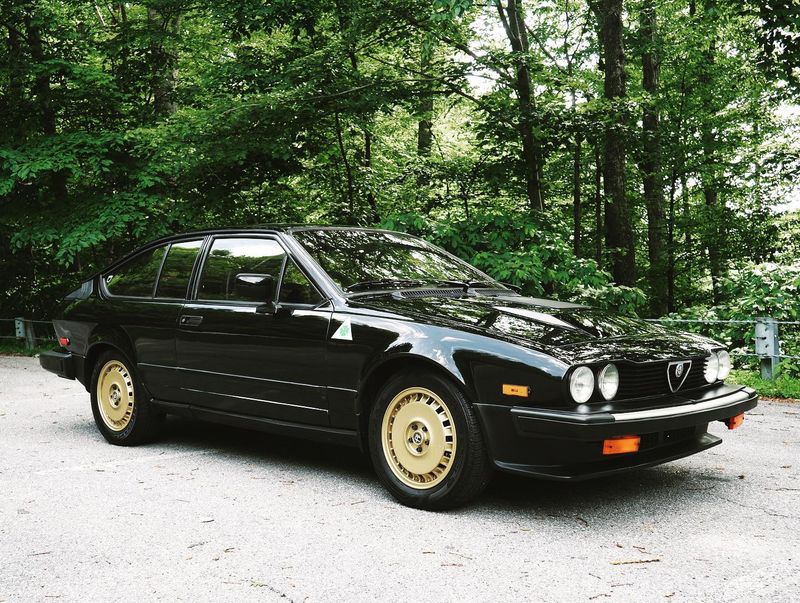
Zagato’s wizardry transformed the already beautiful GTV6 into a box-flared masterpiece.
The limited-edition Grand Prix version added muscular arches that perfectly complemented the wedge-shaped Giugiaro design.
Underneath that sculpted hood lurked Alfa’s legendary Busso V6—an engine whose sound rivals opera for emotional impact.
Those flared fenders weren’t just for visual drama; they housed the wider track needed to harness that glorious Italian powerplant.
20. Opel Manta 400
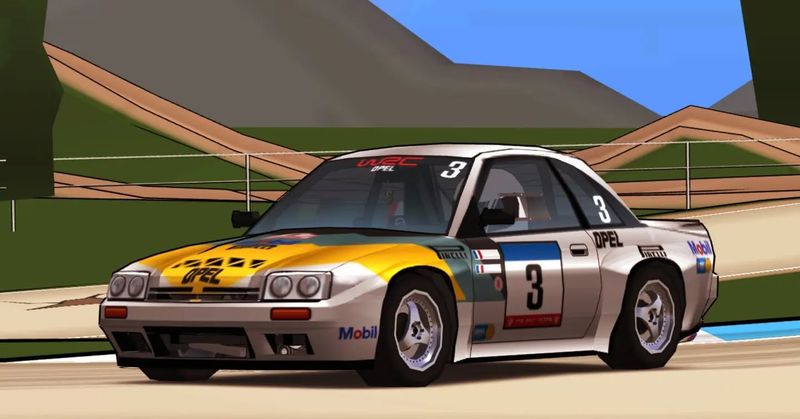
German engineering met rally madness in this often-overlooked gem.
To compete with Ford’s dominant Escort in rallying, Opel transformed their stylish Manta coupe with massive box flares and serious performance upgrades.
Only 245 road versions were built for homologation purposes.
The 400’s squared-off arches weren’t just for looks—they covered wider wheels necessary to put down the power from the 2.4-liter engine that gave this rare beast its name.
21. Lotus Sunbeam
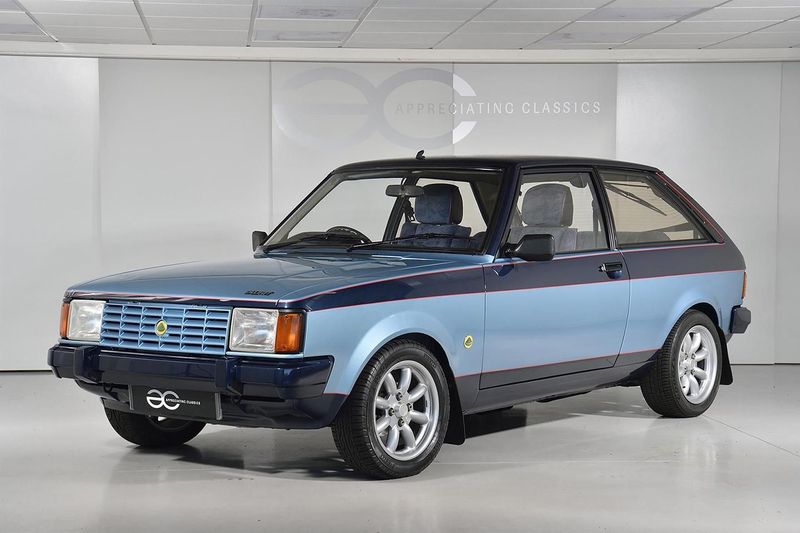
Colin Chapman’s magic touch transformed the humble Chrysler Sunbeam into a rally weapon.
Though the box flares were subtle compared to some on this list, they gave this pocket rocket serious presence on both rally stages and street corners.
All 2,308 examples came in black with silver stripes and red pinstriping.
The Lotus-developed 2.2-liter engine sent power to the rear wheels only—making this box-arched beauty a handful on slippery surfaces and an absolute joy on dry tarmac.
22. Dodge Omni GLH-S

“Goes Like Hell S’more” was the cheeky meaning behind this Carroll Shelby-tuned hot hatch’s name.
The GLH-S added subtle box flares to the econobox Omni, creating America’s answer to the European hot hatch invasion.
Limited to just 500 units, all finished in black, the GLH-S packed 175 turbocharged horsepower—serious stuff for 1986.
Those modest box arches covered wider wheels that helped tame the torque steer from the front-wheel-drive layout.
23. Lancia 037
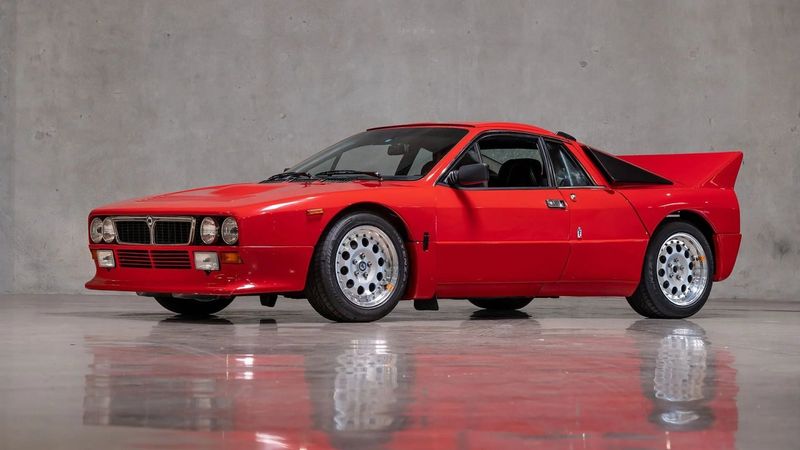
Mid-engine madness wrapped in box-flared Italian bodywork defines the legendary 037.
Created specifically to conquer Group B rallying, this Pininfarina-designed beauty remains the last rear-wheel-drive car to win the World Rally Championship.
Those massive fender flares weren’t just for show—they covered the widest tires Lancia could fit.
The 037’s supercharged engine shrieked behind the driver’s head, while its distinctive squared-off arches became a signature of Lancia’s 1980s rally dominance.
24. Ferrari 308 GTB Group 4

Forgotten Ferrari motorsport history comes alive in the box-flared Group 4 version of the 308.
While most associate the 308 with Magnum P.I., these competition versions wore massively flared arches that transformed the elegant Pininfarina design into something altogether more aggressive.
Michelotto-prepared examples dominated rallies throughout Europe.
The combination of that glorious V8 soundtrack and those pumped-up box arches makes this rare competition Ferrari one of the most visually striking cars of its era.
25. De Tomaso Pantera GT5
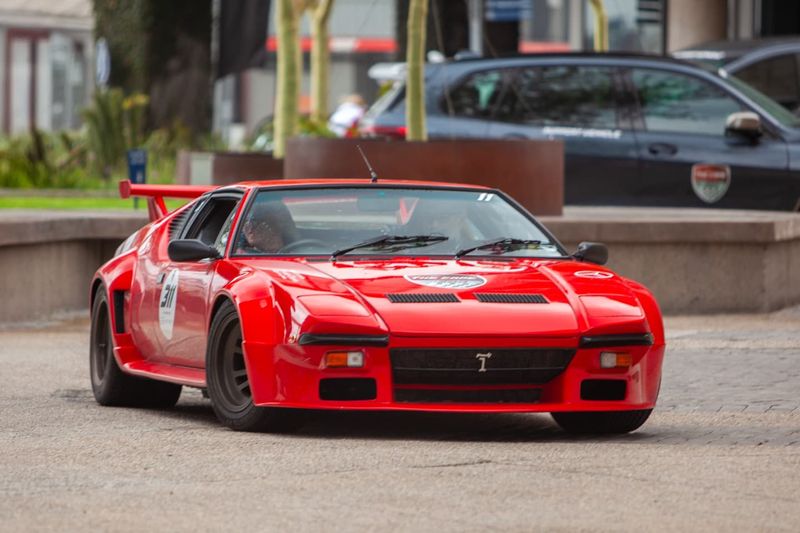
Italian-American hybrid muscle took on a whole new dimension with the GT5’s outrageous box flares.
Already aggressive in standard form, the Pantera went full Miami Vice with fender extensions that made it nearly a foot wider than the original.
The Ford V8 soundtrack perfectly matched the visual drama.
Those massive box arches weren’t just for show—they covered the widest tires available, helping to tame the brutal American horsepower channeled through the mid-mounted drivetrain.
26. BMW 2002 Turbo
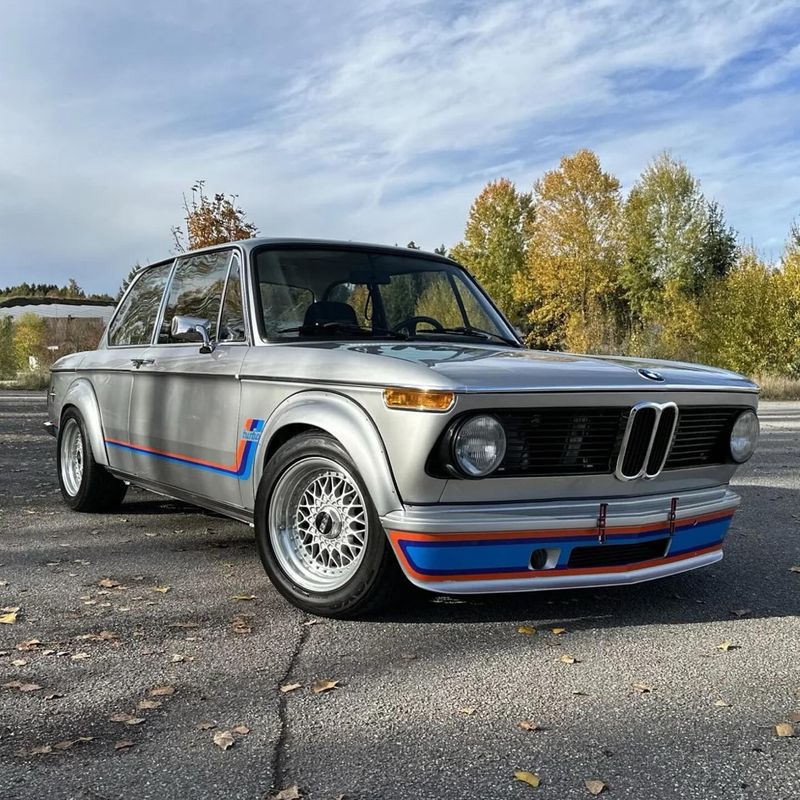
Grandfather to the M3, this Bavarian hot rod introduced box flares to BMW’s lineup.
Those bolt-on arches weren’t just styling elements—they covered the wider track needed to handle Europe’s first turbocharged production car.
Famously controversial for its mirrored “2002 turbo” front spoiler script (eventually removed due to public outcry), this rare BMW combined innocent ’60s styling with aggressive ’70s box flares.
The resulting visual tension created an automotive icon that set the template for generations of performance BMWs.
27. Holden Torana A9X
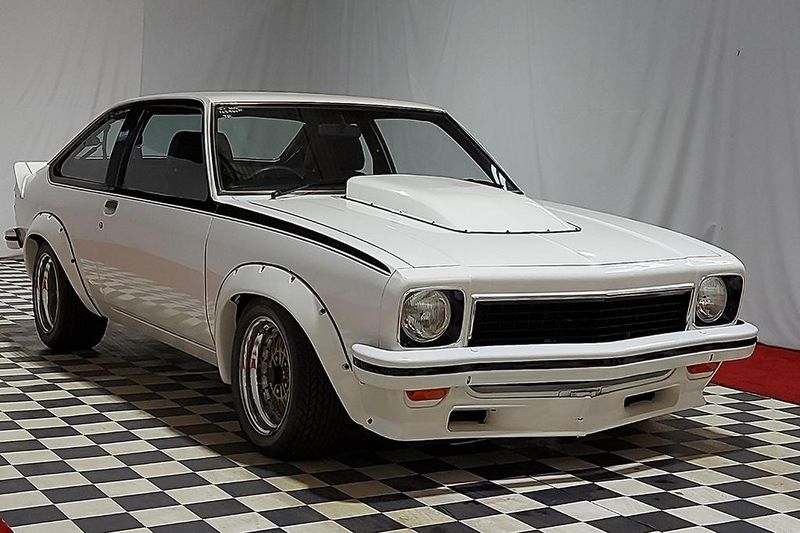
Australia’s touring car legend brought box-flared muscle to the Southern Hemisphere.
The A9X option transformed the humble Torana into a fire-breathing V8 monster that dominated Bathurst and became an icon Down Under.
Those flared fenders weren’t just for show in the outback—they covered the widest rubber available to put 308 cubic inches of Aussie V8 power to the pavement.
The A9X’s box arches instantly communicate this isn’t just another Holden, but a purpose-built racing machine.
28. Volvo 240 Turbo Group A
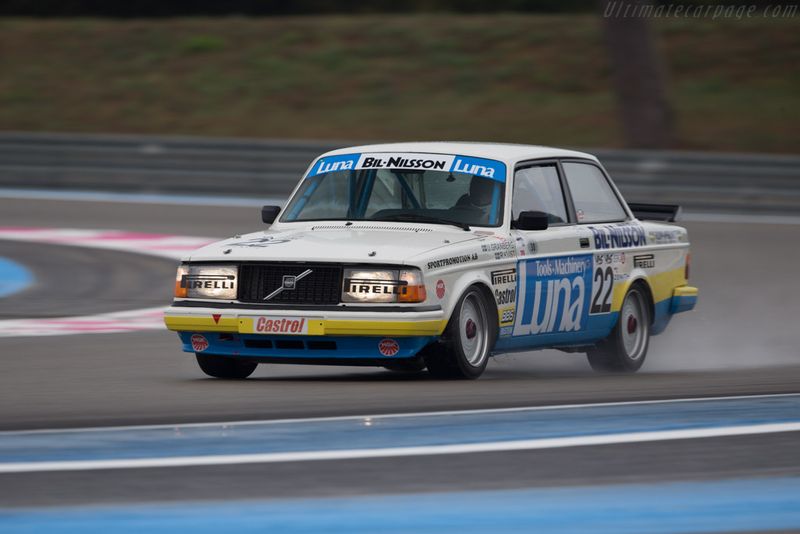
“The Flying Brick” earned its nickname honestly. Volvo transformed their boxy family wagon into an unlikely touring car champion by adding subtle box flares and serious turbo power under that squared-off hood.
Nobody expected the Swedish boxes to dominate European touring car racing.
Those modest wheel arch extensions might seem restrained compared to others on this list, but they signaled the serious racing intent behind Volvo’s seemingly sensible exterior.
